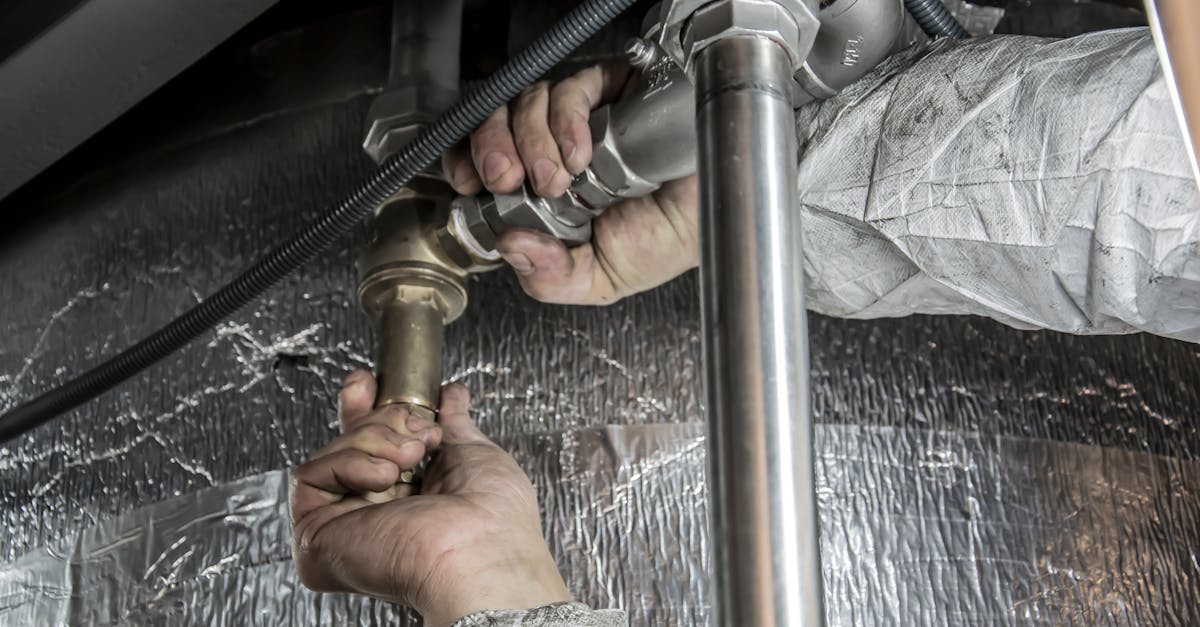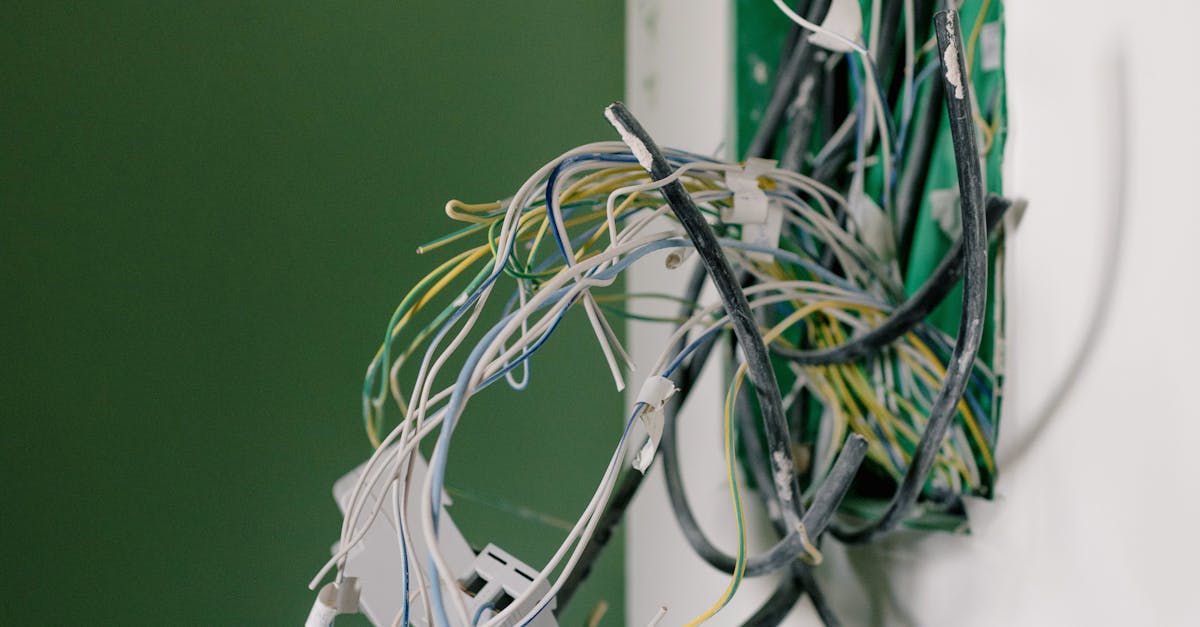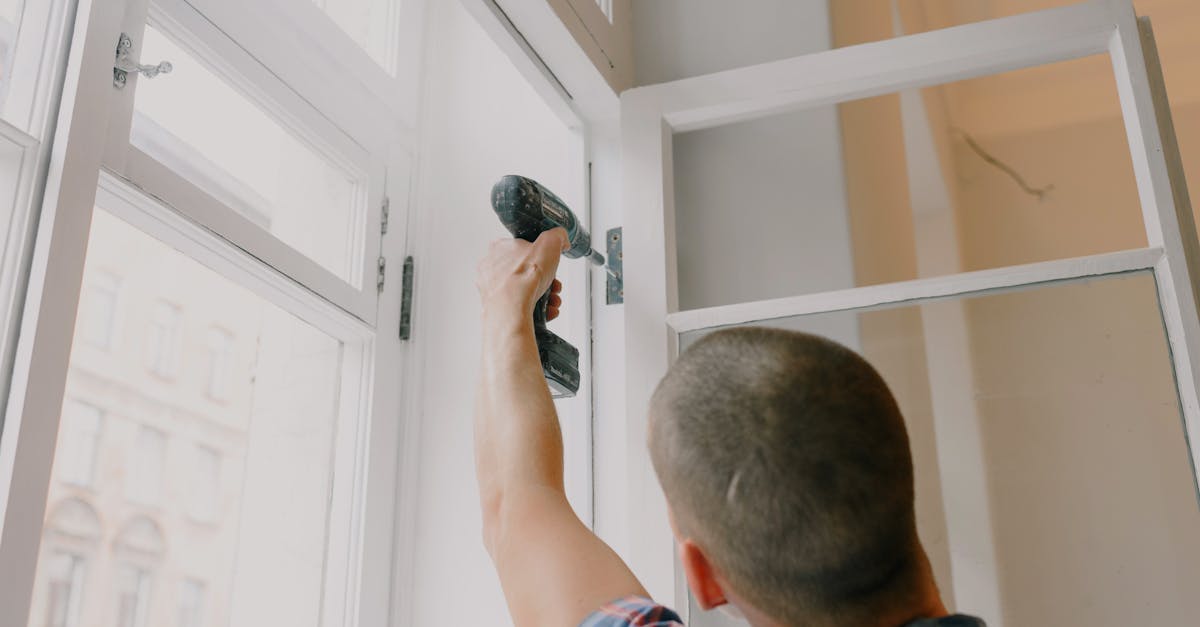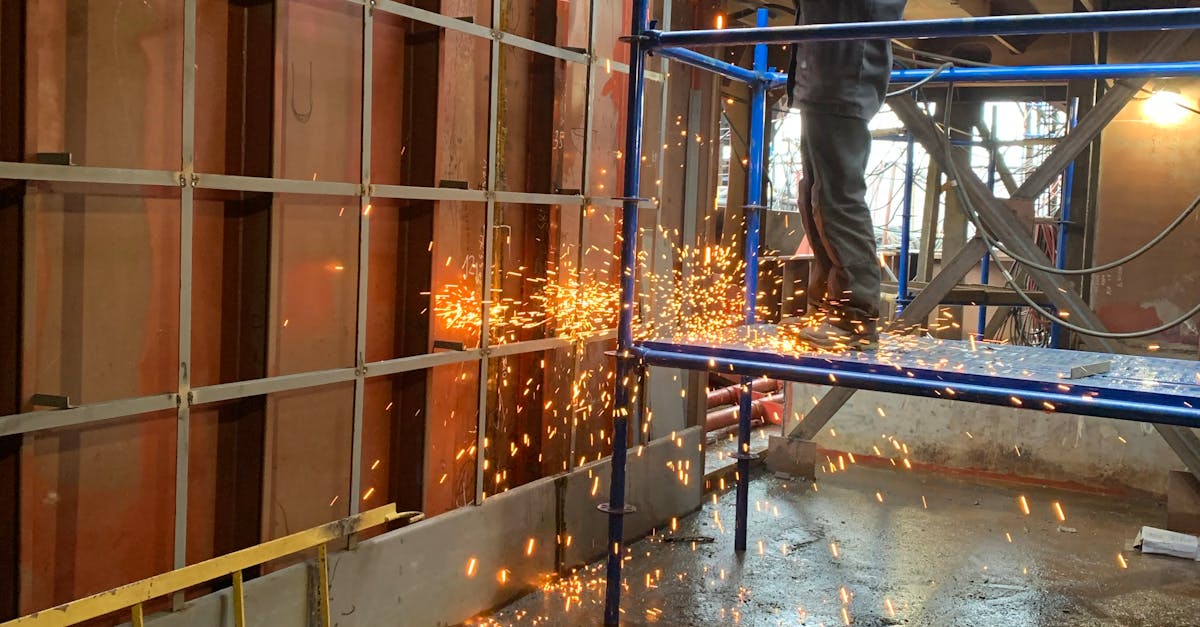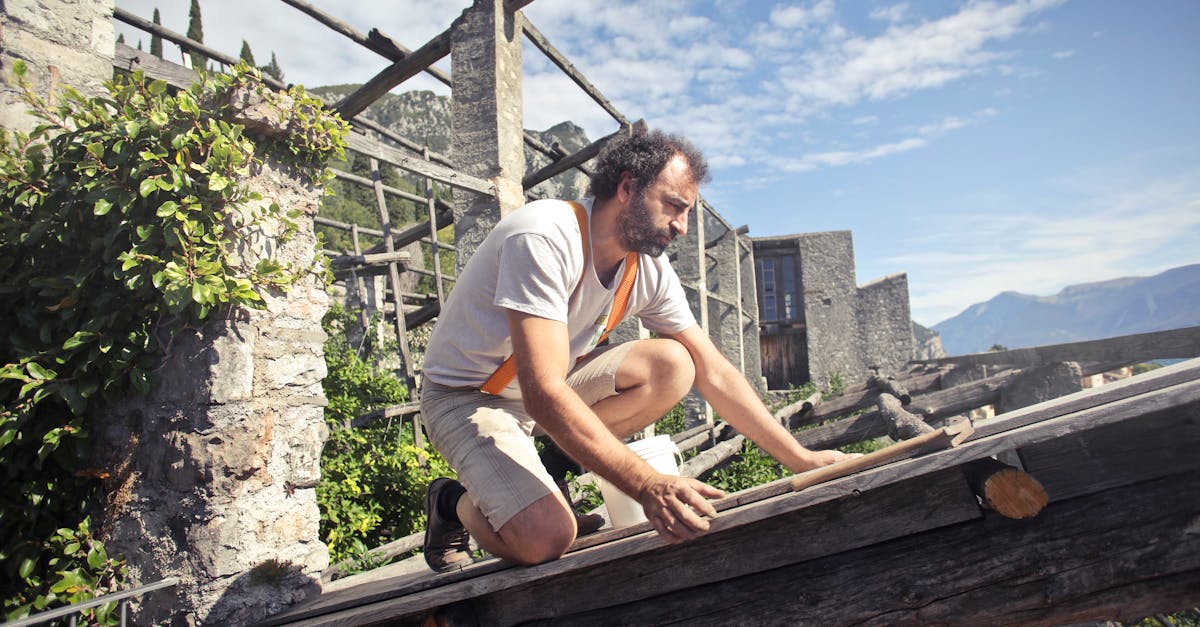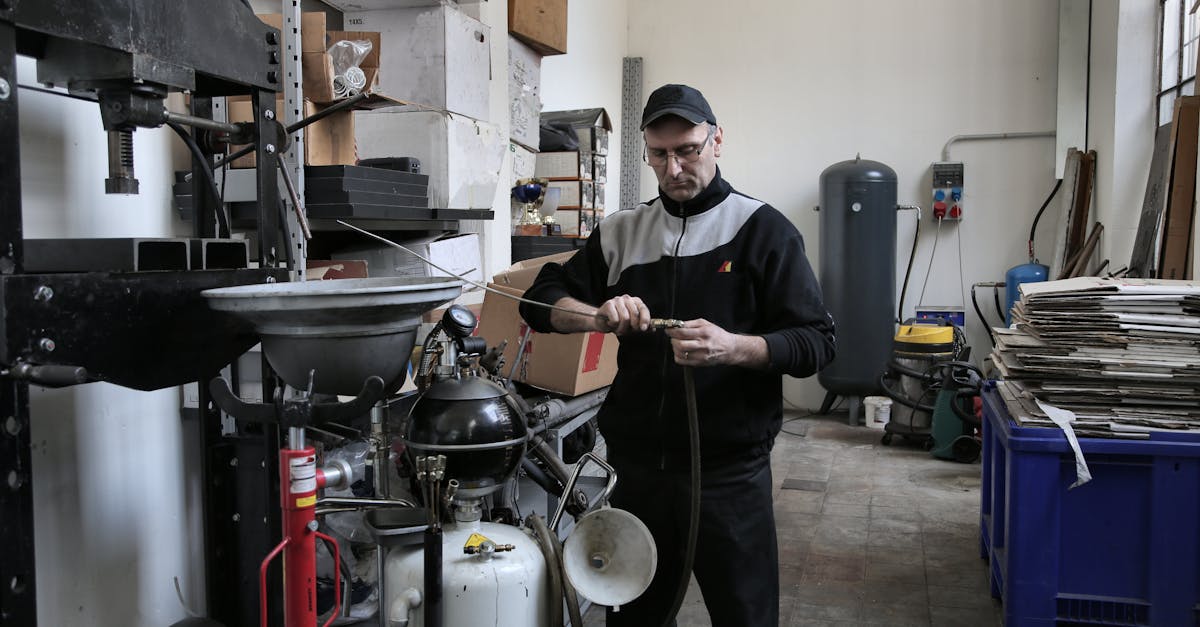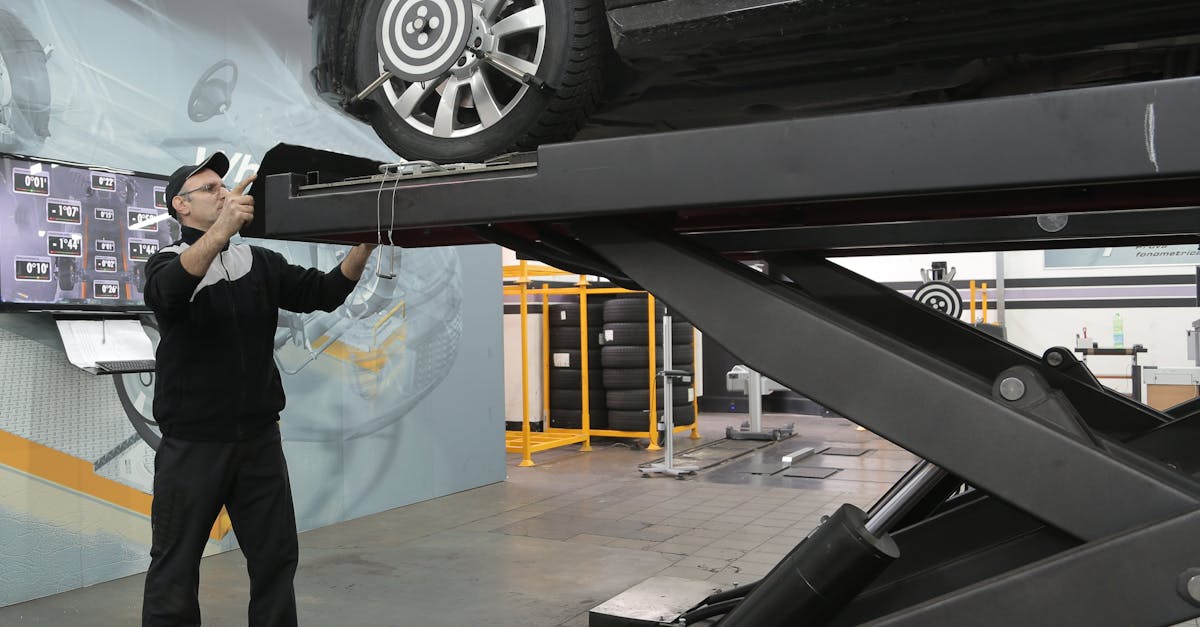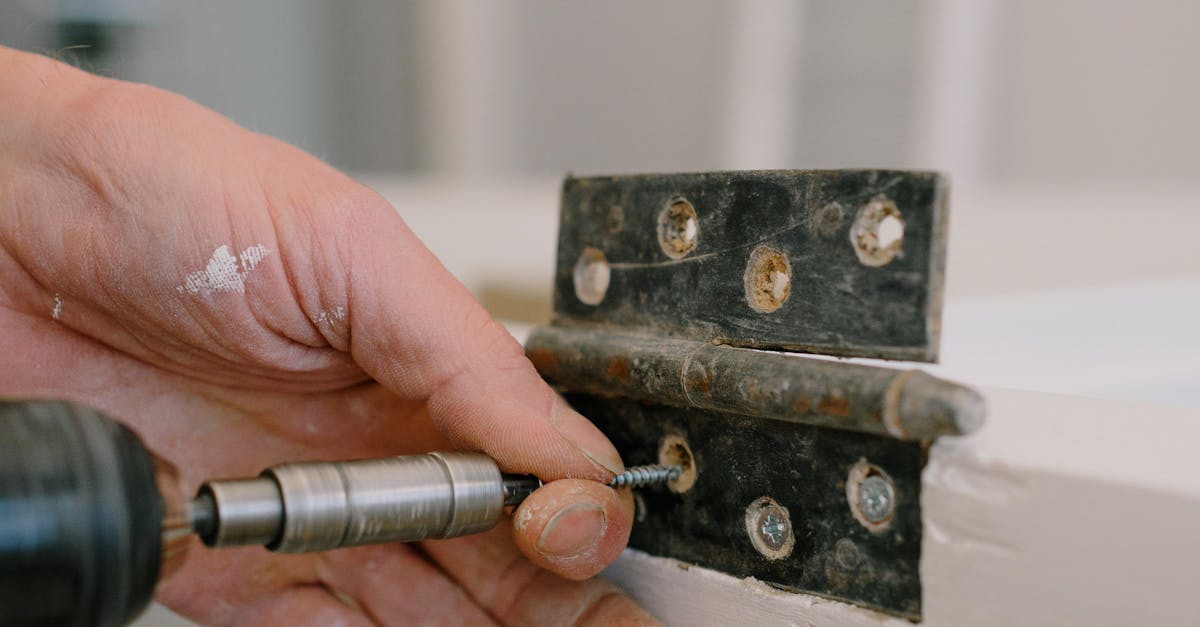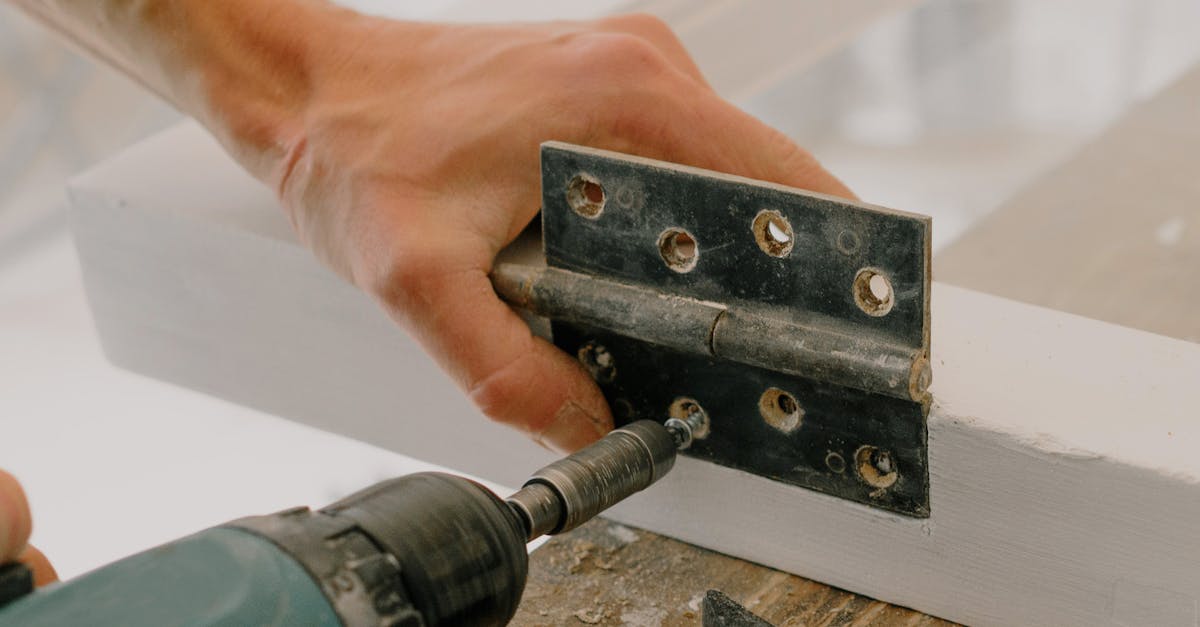
Table Of Contents
First Response Protocols
In the event of a gas line incident, immediate action is crucial to ensuring the safety of all individuals in the vicinity. Evacuate the area without delay, moving yourself and others to a safe distance away from the suspected leak. Avoid using electrical devices or open flames, as these could ignite gas in the air. Alert relevant authorities and emergency services to the situation as soon as possible. Quick assessment and decisive action are vital to mitigate potential hazards.
Gas line installation and repair should be left to qualified professionals. Ensure that any existing installation adheres to local regulations and safety protocols. When professionals are on the scene, provide them with as much information as possible about the incident to assist in an effective response. Their expertise will be indispensable in assessing the situation and undertaking necessary repairs or interventions safely.
Essential Safety Measures to Implement
When responding to a gas line incident, the first priority should be ensuring the safety of all individuals in the vicinity. Evacuate the area immediately, moving people to a safe distance away from the source of the leak. Do not use electrical switches or ignite any flames, as these actions could potentially trigger an explosion. Notify emergency services as soon as possible, providing them with clear information regarding the situation to facilitate a swift response.
After ensuring the immediate safety of individuals, it is vital to identify any ongoing risks. Inspect the area for damaged materials or leaks. Avoid undertaking any gas line installation and repair unless properly trained and equipped. Maintaining effective communication with emergency responders will help in assessing the situation accurately and implementing further safety measures while waiting for professional assistance.
PostIncident Procedures
After a gas line incident, it is crucial to conduct a thorough assessment of the affected area. This includes checking for any residual gas leaks. Any signs of damage should be noted for future reference. Personnel must avoid entering areas that may still pose hazards. It's advisable to consult with emergency services and qualified gas professionals to ensure that the site is safe before any further action is taken.
Once safety is confirmed, documentation of the incident should commence. This includes taking photographs of the scene and recording all relevant details regarding the event. Information about the gas line installation and repair related to the incident should be carefully chronicled. This documentation will aid in understanding the circumstances that led to the incident and can assist in improving safety protocols in the future.
Ensuring Safety After a Gas Leak
After a gas leak, immediate steps must be taken to ensure the safety of all occupants in the area. Evacuating the premises is crucial, as lingering near the leak can pose serious health risks. Once everyone is at a safe distance, it is essential to contact a professional to assess the situation. They will have the expertise to detect the source of the leak and implement safe practices regarding gas line installation and repair.
It is also imperative to ventilate the area, if possible, to help dissipate any accumulated gas. Avoid using electrical devices or open flames, as these can ignite the gas and lead to further danger. Following the initial assessment, regularly scheduled maintenance checks should be implemented to prevent future incidents. Understanding the importance of proper gas line installation and repair will promote ongoing safety in residential and commercial properties.
Gas Line Incident Reporting
Reporting a gas line incident promptly is crucial for ensuring safety and effective resolution. Individuals should begin by contacting emergency services or the gas utility provider immediately to report the leak or explosion. It is essential to provide clear details about the location, severity, and any specific hazards noted during the incident. This information helps responders assess the situation and dispatch the appropriate resources.
After securing the area and ensuring safety, documenting the incident becomes vital for both regulatory and operational purposes. Detailed notes about the circumstances leading to the incident, including the time, location, and any witnesses, should be compiled. This documentation assists in understanding the cause and can be invaluable for future assessments, especially in areas related to gas line installation and repair. Proper records will also aid in compliance with safety regulations and contribute to improving procedures.
How to Report and Document the Incident
Reporting a gas line incident requires a methodical approach to ensure that all essential details are accurately communicated. Begin by contacting the appropriate local authorities or emergency services to notify them of the incident. Provide clear information about the location, nature of the leak, and any immediate risks involved. It is vital to maintain records of whom you spoke with and any guidance you received. This information will be crucial for follow-up actions and for any investigation that may occur later.
Documenting the incident involves a thorough record of the events leading up to the gas leak, as well as any response measures taken. Photographs of the area can offer valuable visual context. Keep a written account that includes timelines, weather conditions, and any observations regarding gas line installation and repair that may have contributed to the incident. This documentation can assist authorities and professionals in evaluating the situation and implementing preventative measures in the future.
FAQS
What should I do if I smell gas in my home?
If you smell gas, immediately leave the area and ensure others do the same. Do not turn on any electrical switches or flame sources. Once you are safely outside, contact your gas supplier or emergency services to report the leak.
How can I recognise a gas leak?
Common signs of a gas leak include a distinct smell similar to rotten eggs, hissing or whistling sounds near gas lines, and dead or dying vegetation in the vicinity of gas pipes. If you notice any of these signs, evacuate the area and report it.
What immediate actions should I take during a gas line incident?
Evacuate the premises immediately, avoid using electrical appliances or ignition sources, and call emergency services. Ensure you keep a safe distance from the suspected leak area and assist others in evacuating if safe to do so.
What are the essential safety measures to implement after a gas leak?
After a gas leak, ensure the area is well-ventilated, avoid using any electrical devices, and do not re-enter until it has been confirmed safe by emergency services. Follow up on any repairs or inspections by qualified professionals.
How should I report a gas line incident?
To report a gas line incident, contact your local gas supplier or emergency services immediately. Provide them with details about the situation, including the location, nature of the incident, and any injuries or damages that may have occurred.
